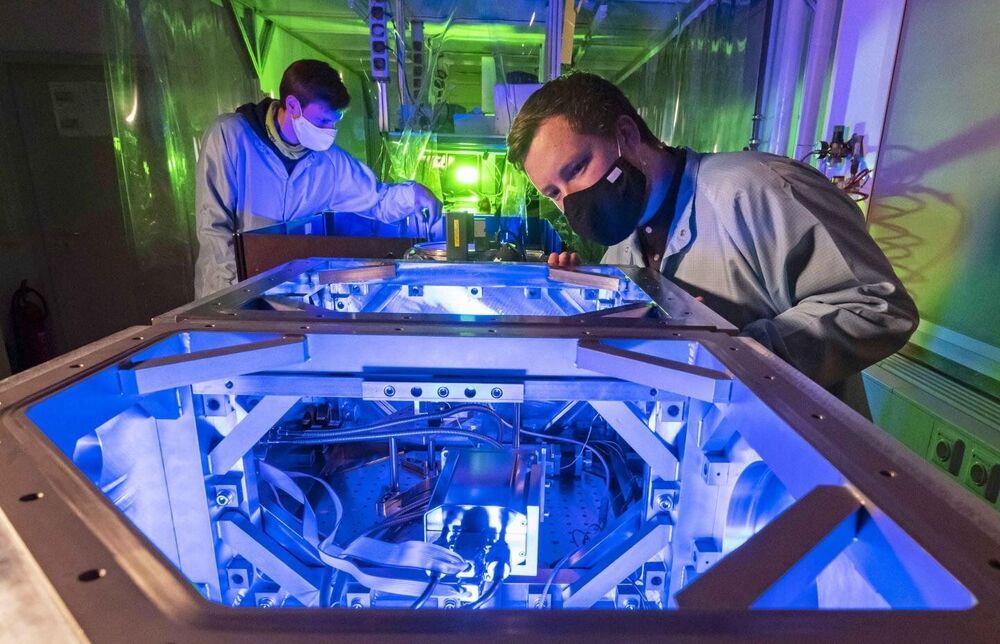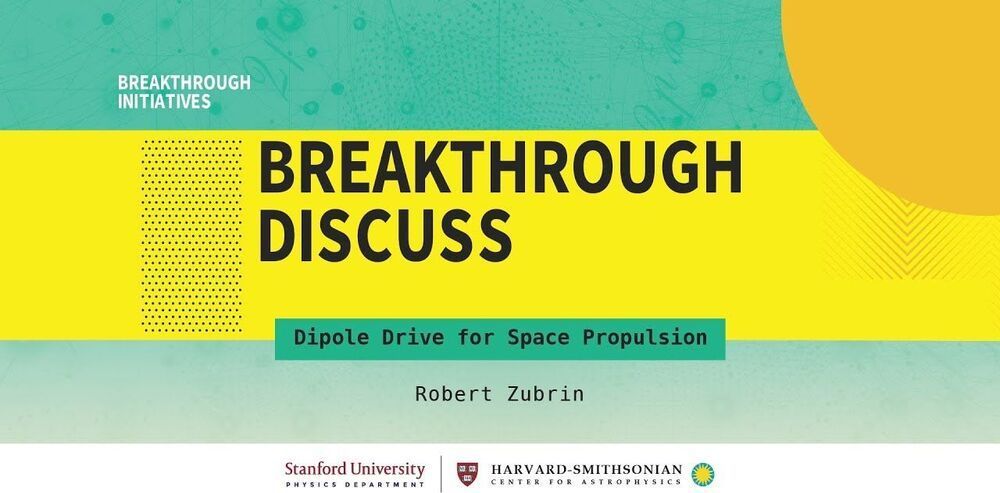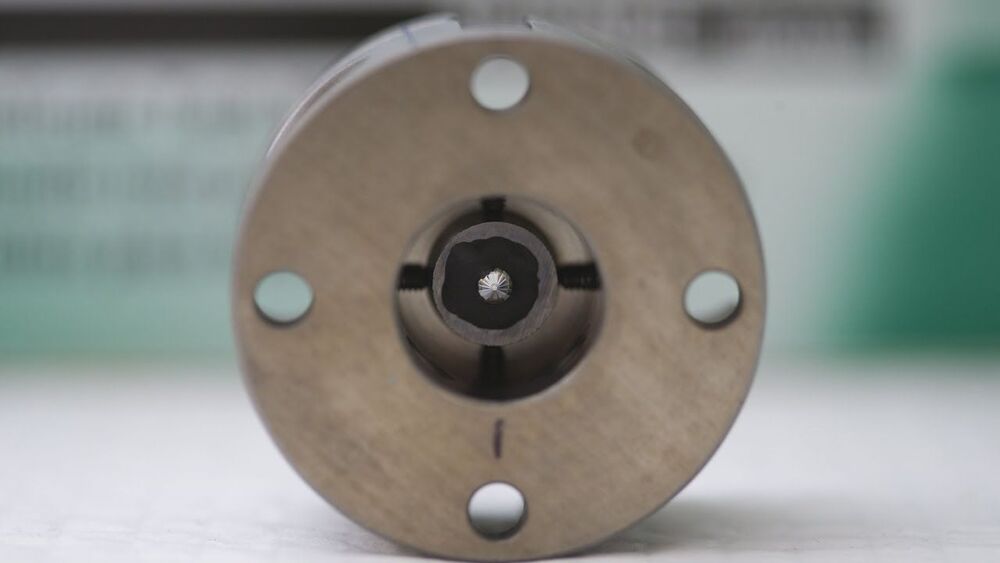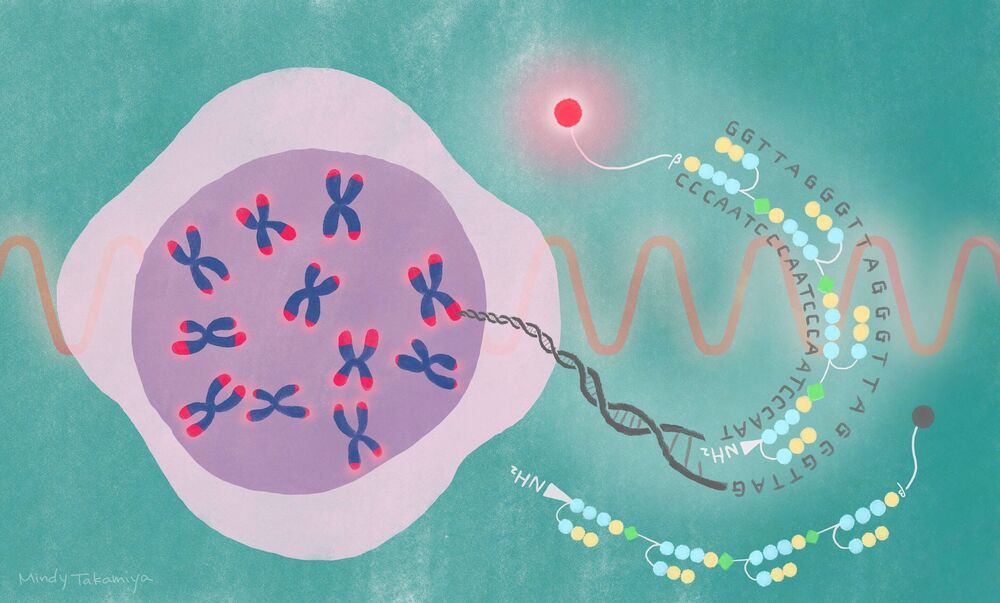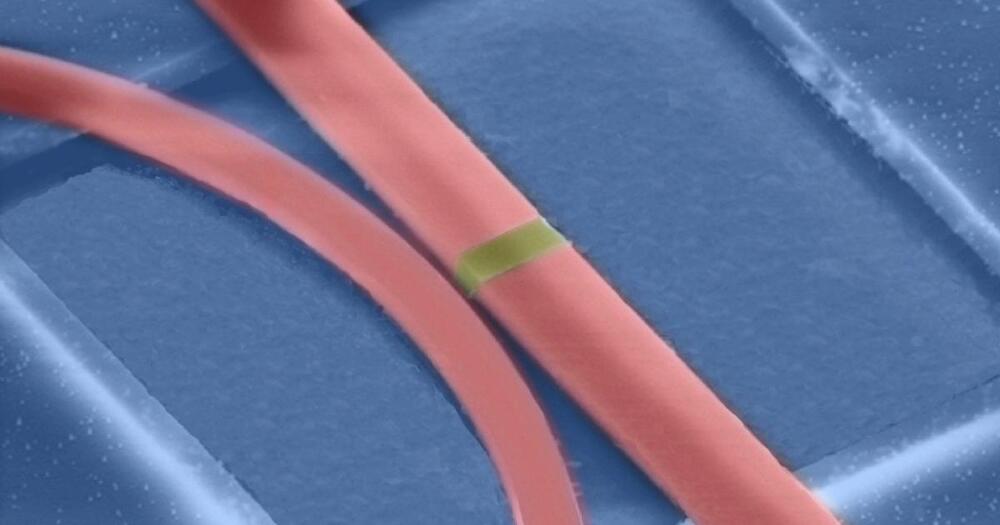From time to time, Fully Charged receives an offer that is too good to refuse, and when a long-term friend of the show offered us his electrified Ferrari 308, we didn’t hesitate.
This is part of an ongoing collaboration between Fully Charged and Electrek.
While the sheer scale of combustion engine cars that are converted to electric remains to be seen, conceivably, conversions could become an entirely new market. A number of companies are making inroads in this most intriguing of markets, including New Electric in Ireland and the Netherlands working on open source conversions, and Transition One in France that convert an array of smaller combustion engine cars. In North America, cool conversion shops like EV West in California, and Moment Motors in Texas, are popping up, and in England, Electric Classic Cars, who worked on the Ferrari in question, have featured a few times on Fully Charged.

